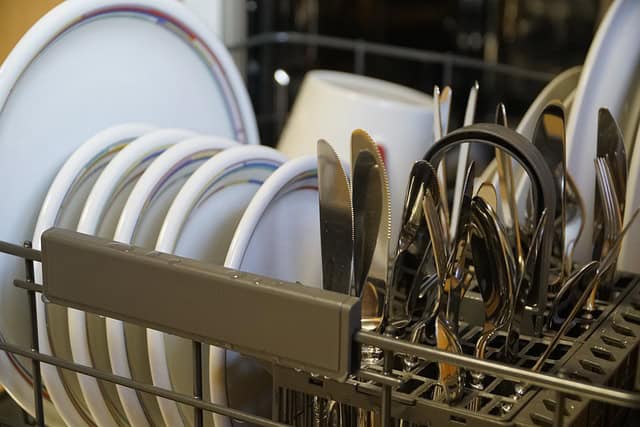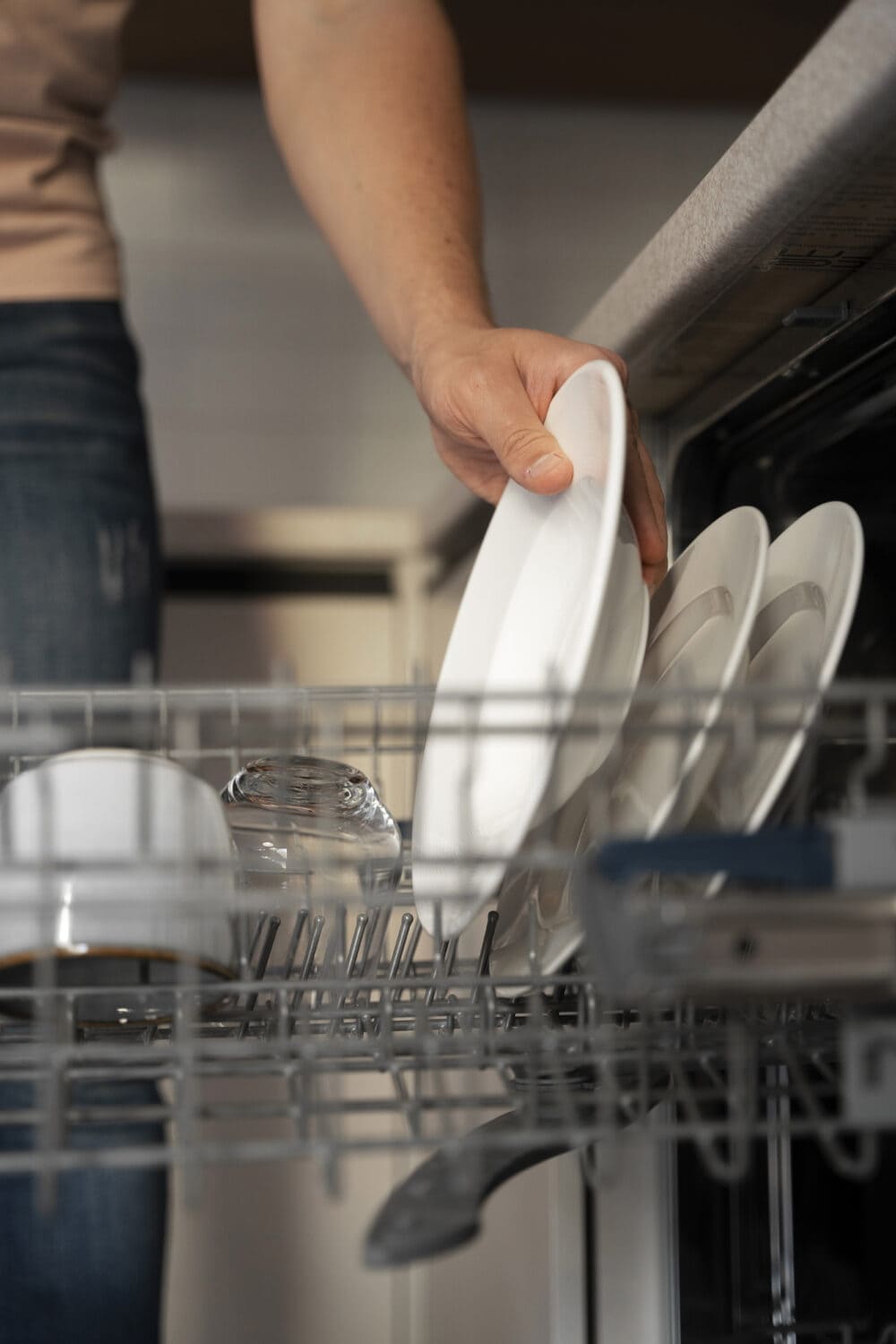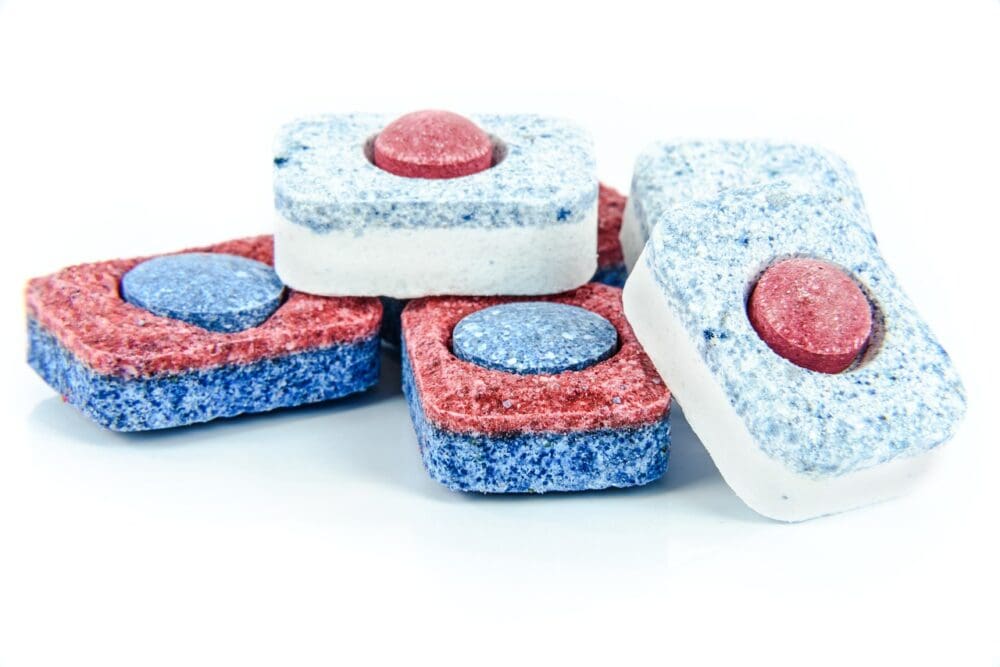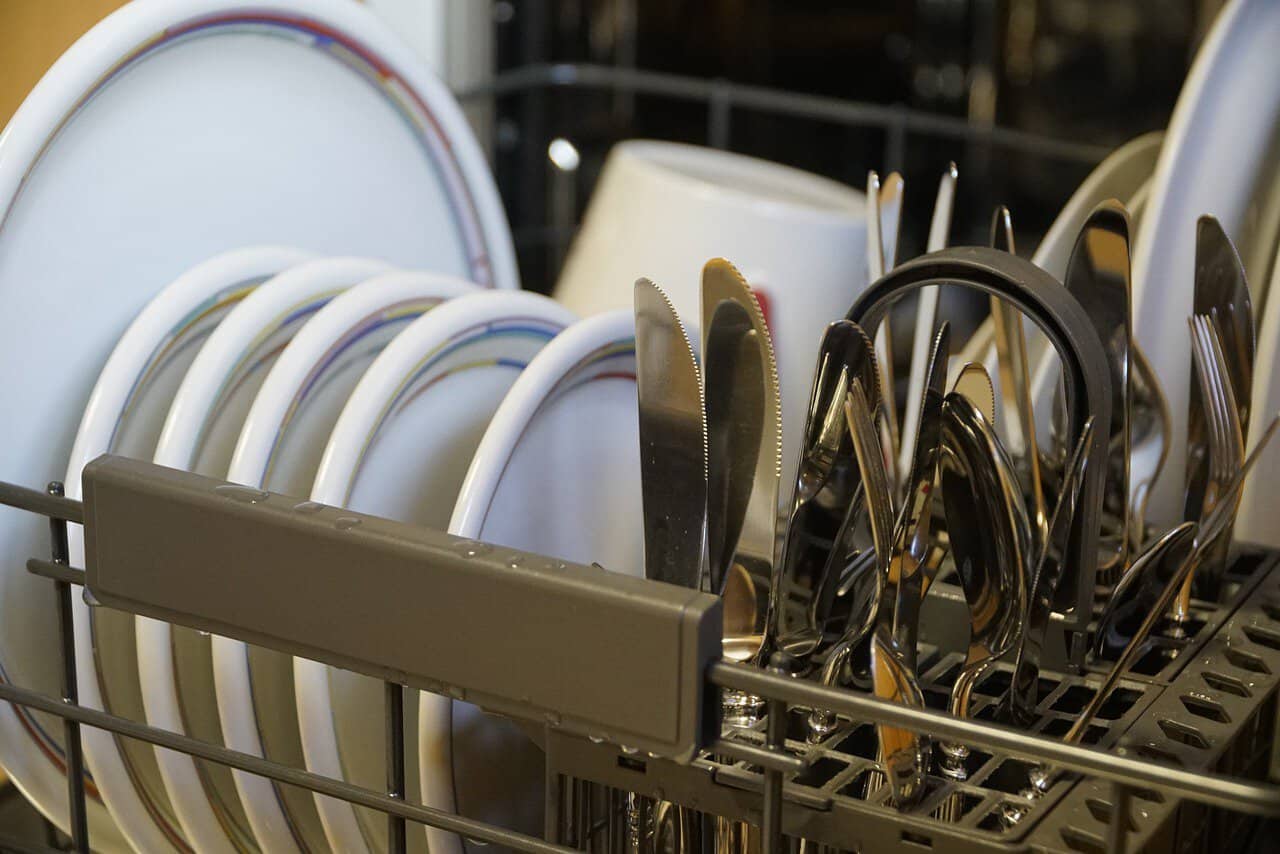
Unlock Your Dishwasher True Potential -The Secret to Deep Cleaning!
Table of Contents
While many of us rely on our Dishwasher to tackle our daily pile of dirty plates and utensils, few know the hidden potential of their appliances. We will uncover the little-known techniques and tips that can transform the inside of your dishwasher into an extraordinary deep-cleaning experience that will ensure your kitchenware sparkles like new.
Clear and Clean the Drain

Remove debris: Take out the bottom rack and inspect the drain area at the bottom of the dishwasher for any food particles or debris. This prevents clogs and improves drainage.
Wipe with vinegar: Dampen a cloth with white vinegar and wipe around the drain and the interior surfaces near the drain.
Well Functioning Drain Pump
Maintenance of the Pump: When it comes to the hygiene and efficiency of your dishwasher, one often-overlooked component is the drain pump. This unsung hero works tirelessly to flush out food residues and stagnant water. A well-functioning drain pump enhances your dishwasher’s performance significantly—if it’s clogged or malfunctioning, you might just discover unpleasant odors or even standing water at the bottom of your appliance. Regular maintenance checks can help prevent these issues, and a quick DIY fix may be easier than you think! Investing some time in understanding its operation might lead you to simple tweaks initially like cleaning filters or removing debris that could clog up its passageways. Additionally, taking proactive steps such as running occasional vinegar cycles can further aid both to prevent build-up and keep those internal workings–especially the drain pump–in peak condition.
Clean the Spray Arms
Remove spray arms (if possible): These arms have tiny holes that can get clogged with food, grease, and mineral buildup.
Unclog holes: Use a toothpick, small brush, or wire to remove any debris from the spray nozzles or holes.
Soak in vinegar: Soak the spray arms in warm, soapy water or vinegar for 30 minutes, then rinse thoroughly.
Wipe the Dishwasher Seals and Edges
Focus on the door seal: The rubber gasket around the door can trap dirt, grime, and mold.
Use a toothbrush: Clean the seal with a small brush dipped in warm soapy water or a vinegar-baking soda paste.
Don’t forget the edges: Wipe down the outer edges of the door and control panel, as these areas are often neglected.
Run a Vinegar Wash

Empty dishwasher: Make sure the dishwasher is completely empty before cleaning.
Cup of Vinegar in a bowl: Place a cup of white vinegar in a dishwasher-safe bowl on the top rack.
Hot cycle: Run the dishwasher on a hot water cycle. The vinegar helps remove grease, soap scum, dishwasher smells, and grime.
Run a Baking Soda Cycle
Sprinkle baking soda: After the vinegar wash cycle, sprinkle about 1 cup of baking soda across the bottom of the dishwasher.
Short hot cycle: Run a short, hot cycle to freshen up and deodorize the interior of the dishwasher. Baking soda also helps break down any lingering stains and odors.
Use Dishwasher Cleaner Tablets

For tough grime: If your dishwasher still has buildup or unpleasant odors, use a specialized dishwasher tablet on a regular basis. This cleaner is designed to remove food residue grease and hard water stains and limescale.
Run on a hot cycle: It is a good idea to follow the product instructions and run the tablet through a cleaning cycle on the hottest setting.
Clean the Dishwasher Filter
Remove the filter: Many dishwashers have a removable filter in the bottom. Check your manual for instructions on how to remove it.
Soak in warm soapy water: Wash the filter in warm water with dish soap to remove food debris and buildup.
Scrub gently: Use a soft brush to scrub any stuck-on grime, and rinse it well before putting it back in the dishwasher.
Tackle Limescale and Hard Water Buildup
Use citric acid If you have hard water as limescale buildup can form over time. Run a cycle with citric acid (you can use lemon juice or specialized dishwasher cleaner with citric acid) to break down the mineral deposits.
Maintain a Regular Cleaning Routine

Monthly maintenance: Run a vinegar or dishwasher cleaning tablet cycle once a month to prevent buildup which could result in a breeding ground for germs.
Keep the filter clean: Clean the dishwasher filter regularly to ensure optimal performance and cleaning results.
Leave the Door Open After Use
Drying: Leaving the door open slightly after a cycle helps dry out the dishwasher, preventing mold and mildew growth.
Air circulation: This process will allow any odors to dissipate, keeping the machine fresher between washes.

Conclusion
Imagine opening your dishwasher only to be greeted by a surprise: gleaming, spotless dishes that shine like brand new. While many of us rely on these household appliances to tackle our daily pile of dirty plates and utensils, few know the true hidden potential of this machine. From harnessing the power of specific detergents to optimizing loading methods to achieve a level of cleanliness you never thought possible!



